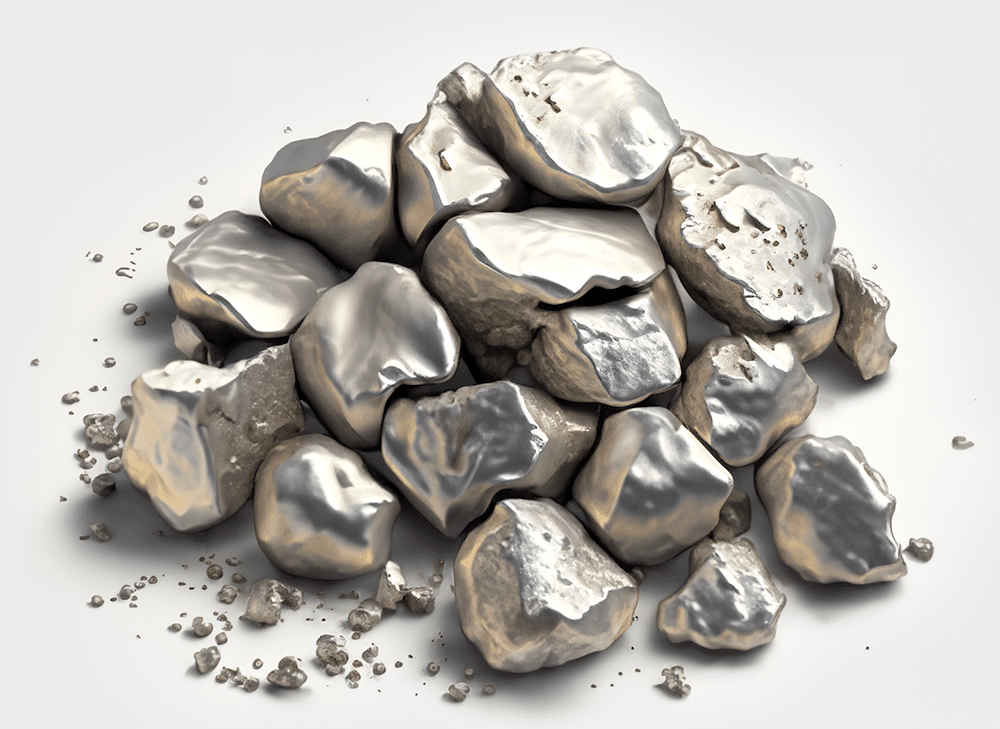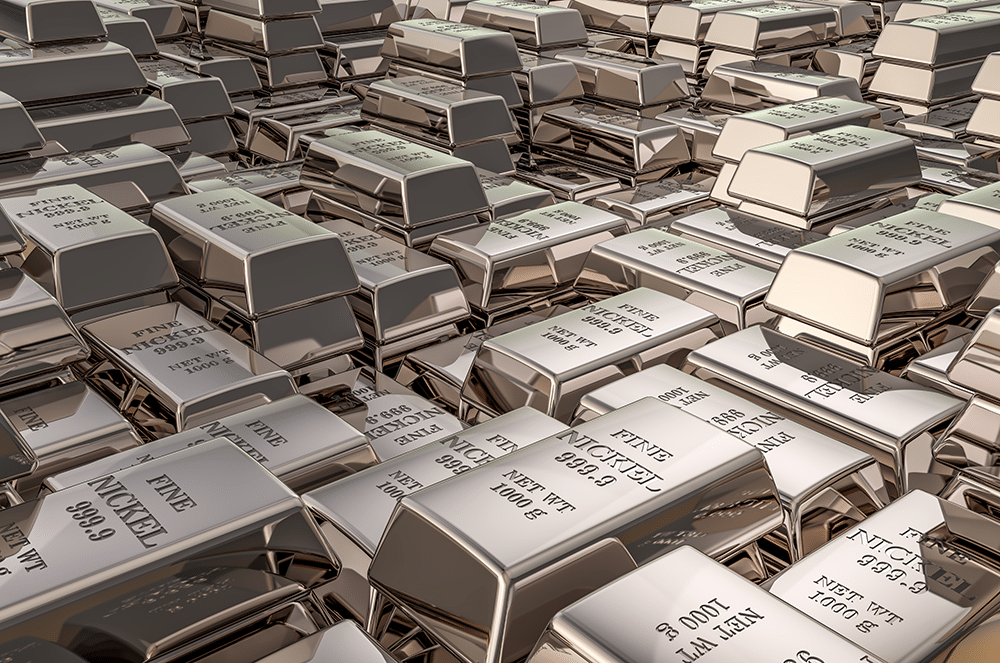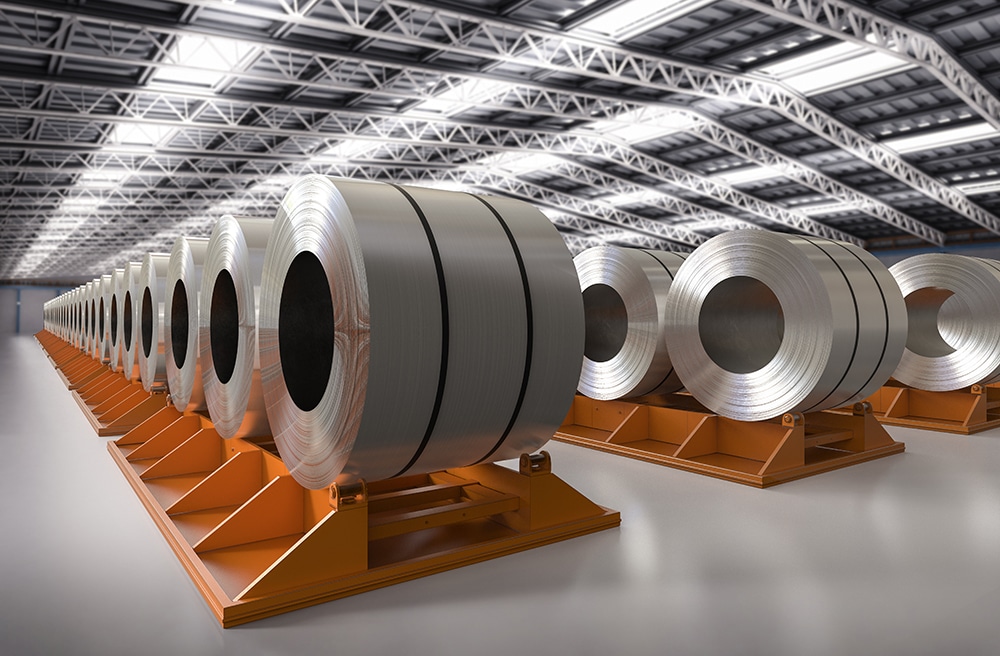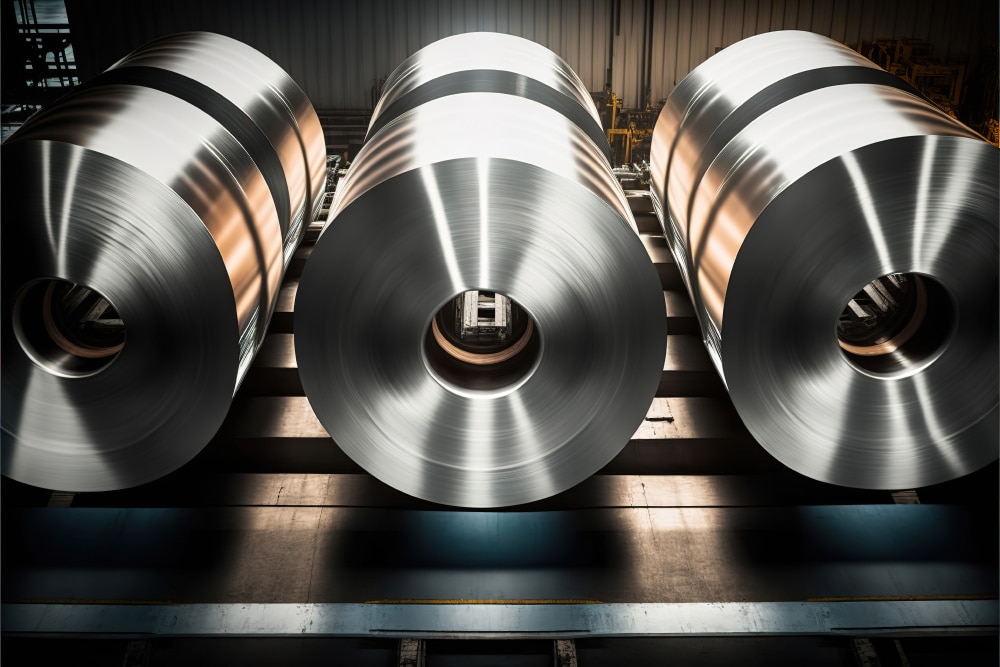Mining multinational Anglo American recently agreed to sell its nickel business to a subsidiary of MMG Resources, which has its main offices in Beijing and Melbourne, for up to $500 million. The move left many industry insiders speculating how it might relate to current nickel prices and how it might affect them. On February 18, […]
Tag: nickel price
Stainless MMI: Bearish Stainless Demand Leads to Steep Discounts
Overall, the Stainless Monthly Metals Index (MMI) reversed to the downside, with a 10.88% drop from June to July. Nickel prices experienced heavy losses during June, securing the title of worst-performing base metal with an over 14% decline. Prices had fallen over 19% from their May 20 peak by early June as they remained in […]
Stainless MMI: Mills Post Q1 Results as Nickel Prices Stabilize
Nickel prices followed other base metals up throughout April, with a nearly 15% month-over-month rise. By late April, prices hit their highest level since September, although they subsequently began to retrace as upside momentum cooled. Overall, the Stainless Monthly Metals Index (MMI) rebounded, with a 9.58% jump from April to May. Outokumpu, Acerinox Post Q1 […]
Stainless MMI: Nickel Prices Retrace Amid Slow Stainless Market
Nickel prices continued to the upside during the first half of March, taking a momentary pause from their long-term downtrend. However, prices found a peak by March 13, reaching their highest level since October 2023. Following that, the rally collapsed, and prices returned to the downside. Overall, nickel prices fell 5.56% month over month. The […]
Indonesia’s Nickel Dominance Spells Trouble for Global Industry
The global nickel mining industry is under stress, and the primary reason is an oversupply of low-cost nickel from Indonesia. Moreover, this constant supply continues to support a major global surplus, placing downward pressure on the nickel price. At this point, the Southeast Asian nation has already cornered more than half of the world’s supply […]
Stainless MMI: Stainless Demand Muted, Nickel Price Falling as Market Enters Seasonal High Point
The nickel price remained within a strong downtrend throughout November, hitting its lowest point since April 2021. While prices appeared to stabilize during the first half of December, the nickel market has overwhelmingly proven itself the worst-performing base metal, with a roughly 45% year-to-date drop. Overall, the Stainless Monthly Metals Index (MMI) moved sideways, falling […]
Stainless MMI: Stainless Market Bearish, Nickel Prices Prove Worst-Performing Base Metal of 2023
Nickel prices remained within a strong downtrend throughout November, hitting their lowest level since April 2021. While prices appeared to stabilize during the first half of December, the nickel market has overwhelmingly proven itself the worst-performing base metal with a roughly 45% year-to-date drop. Overall, the Stainless Monthly Metals Index (MMI) remained bearish, with a […]
Stainless MMI: Stainless Market, Nickel Price Remain Bearish
Nickel price data continued to decline during the month, dropping a total of 4.06%. While prices remain above their pre-squeeze historical average, they recently fell to their lowest level since October 2021 as they continue to slip below short-term support. All components declined during the month, which saw the Stainless Monthly Metals Index (MMI) fall 4.56% […]
Stainless MMI: Stainless Mills Scramble for Orders as Nickel Prices Hit 2-year Low
Nickel prices remained decidedly bearish throughout October, experiencing the largest monthly decline amongst base metals. Indeed, prices fell over 7% to their lowest level since October 2021. Overall, the Stainless Monthly Metals Index (MMI) continued to decline, dropping 5.74% from September to October. Crush the competition by getting access to weekly exclusive nickel market intel. Opt into MetalMiner’s free […]
Stainless MMI: Stainless Inventories High, Mill Lead Times Low as Base Prices Hold Firm
The nickel price index continued to trend downward, as it fell to its lowest level since July 2022 by mid-September. Following an over 7% decline during August, prices fell nearly 3% during the first two weeks of September. As prices drop toward historical support zones, they come close to wiping out nearly all gains from […]












